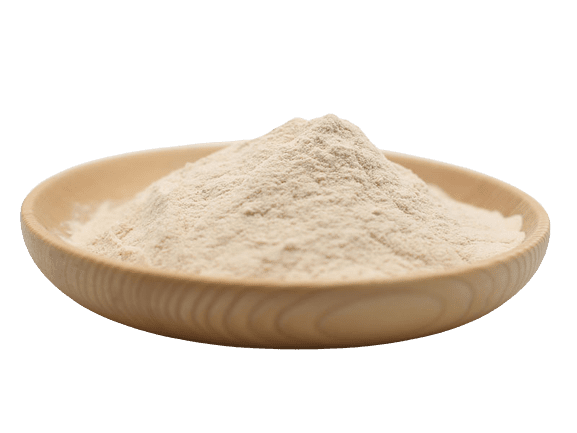What is organic mung bean starch?
Organic Mung Bean Starch, also known as Green Gram Starch or Moong Starch, is a pure, gluten-free powder derived from 100% certified organic mung beans (Vigna radiata). With superior gelling, binding, and thickening properties, it is ideal for B2B manufacturers in the food, pharmaceutical, and cosmetic industries seeking clean-label, allergen-friendly ingredients.
Specification
| Product Name | Mung Bean Starch |
|---|---|
| Appearance | white fine powder |
| Moisture | <14% |
| Fiber number | not measurable |
| Smell and taste | normal |
| pH | 4-6 |
| Ash | <0.4% |
| Protein | <1% |
| Sulphur dioxide (SO2) mg/kg | 3.00% |
| Fineness (100 mesh thru) | >99.8% |
| Viscosity (75°C heat) | >900CPS |
Key Features & Benefits
- Certified Organic & Non-GMO
- Sourced from ethically farmed, non-GMO mung beans.
- Certified USDA Organic, EU Organic, and gluten-free.
- Exceptional Functional Performance
- High transparency and smooth texture when cooked—perfect for Asian noodles, transparent dumplings, and desserts.
- Forms stable gels at low concentrations, ideal for vegan dairy alternatives (e.g., plant-based yogurts).
- Clean-Label & Allergen-Safe
- Free from gluten, soy, and additives; vegan and paleo-friendly.
- Neutral taste and odor, ensuring no interference with product flavors.
- Technical Advantages
- Rapid hydration and high solubility in cold or hot water.
- Excellent freeze-thaw stability for frozen food applications.
Applications
- Traditional Foods: Vermicelli, glass noodles, mochi, and dumpling wrappers.
- Bakery & Snacks: Gluten-free baked goods, crispy coatings, and binding agents.
- Beverages: Thickener for plant-based milks and smoothies.
- Pharma & Cosmetics: Tablet binder, face mask powders, and natural dry shampoos.
Quality & Compliance
- Certifications: USDA Organic, EU Organic, Kosher, Halal, Non-GMO Project Verified.
- Safety Testing: Analyzed for heavy metals, pesticides, and microbiological safety.
- Packaging: 25 kg multi-layer paper bags, or customized formats.
Why Partner With Us?
- Bulk Production Capacity: Consistent supply for large-scale orders.
- Custom Solutions: Adjustable starch granulation, pre-gelatinized options.
- Sustainability: Eco-friendly farming practices and biodegradable packaging support.
- Global Logistics: Reliable shipping from Asia/EU warehouses with competitive lead times.

